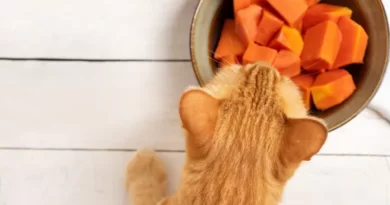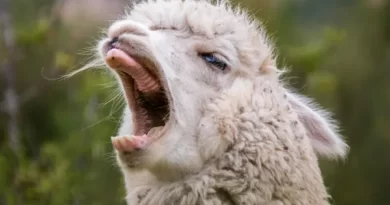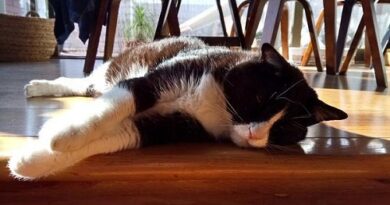Can dogs eat chorizo?
Can dogs eat chorizo?
Chorizo is a food with great gastronomic and nutritional richness that people can include in their diet as part of a varied and balanced diet.

It provides a protein of high biological value and is a good source of minerals such as iron, zinc and magnesium. However, some of its nutritional characteristics make it unsuitable for the diet of dogs.
Is chorizo good for dogs?
A priori, we could think that chorizo, being a meat derivative, is a suitable food for dogs. In fact, if your dog has ever tried this sausage, you will have been able to verify that its aroma and flavor are to its liking. However, you should know that chorizo is not a suitable food for dogs. Its composition and nutritional characteristics do not provide benefits for the diet of our pets. In fact, sometimes its consumption can be harmful to your health. Therefore, the best option is to keep this food out of the reach of dogs.
Why is chorizo not good for dogs?
As we have pointed out in the previous section, chorizo is not a suitable food for dogs. Its nutritional composition, far from providing any benefit to your health, can be harmful.
Next, we explain the main reasons why chorizo is not a suitable food for dogs:
– High fat content: chorizo is a sausage made from meat and fat, generally pork, although it can also be made with meat and fat from other animal species. Depending on the animal species with which it is made, its nutritional composition may vary slightly. However, in all of them the fat content is very high, and can range between 30 and 50%.. In animals with obesity or overweight, diabetes, liver or digestive problems, it is essential to restrict the amount of fat in the diet, so chorizo should be a prohibited food for these animals. Similarly, in dogs that are in good health, it is also advisable to avoid this food to prevent overweight and its associated diseases. Check this other post with Recipes for overweight dogs or Diabetes in dogs: its symptoms, treatment and complications.
– High salt content: chorizo is a cured-matured sausage. During the curing process, salt is added in relatively large quantities in order to dehydrate the product and thus prevent the growth of microorganisms and favor its stability at room temperature. Dogs can tolerate a certain amount of salt in their diet, however, foods such as chorizo contain an excessive sodium content that can have detrimental effects on their health (polyuria, polydipsia, diarrhea and vomiting, among other signs). In addition, this excess salt can be especially harmful for dogs with kidney diseases. You can find more information about Vomiting in dogs: its causes and treatment , here.
– Spices: the characteristic ingredient of chorizo is paprika, which is added to provide the typical aroma, flavor and color of this sausage. Some varieties of chorizo are made with hot paprika , which is usually unpleasant for the palate of most dogs. In addition, other spices and condiments are often added, such as garlic, which are highly toxic to dogs.
Trichinellosis or trichinosis: just like people, dogs can also suffer from this parasitic disease caused by nematodes of the Trichinella genus. Trichinosis is a disease subject to strict health control, which means that its prevalence in Spain is very low. However, there is a specific risk related to meat from pigs from home slaughter or from wild boar hunted for home consumption that are not subject to the relevant veterinary controls. The curing-ripening treatment to which the chorizo is subjected is not effective in eliminating trichinella, so there is a high risk of transmitting this disease from meat that is not controlled or subjected to trichinella analysis.
What to do if my dog eats a sausage?
As we have explained throughout the article, there are a number of reasons why chorizo is not a suitable food for dogs. The truth is that if your dog consumes a small portion of this sausage, it is most likely that he will not suffer any adverse effects . However, eating a large amount of chorizo or consuming it regularly as part of your diet can be harmful for the reasons that we have explained in the previous section. Regardless of the amount of chorizo that your dog has ingested, whenever you detect or suspect any alteration associated with its consumption, do not hesitate to go to your trusted veterinarian to carry out a complete examination of the animal and establish the most appropriate treatment.
At this point, you are probably wondering how to prevent a dog from eating sausage. As you can imagine, the strategy is simple. To prevent your dog from consuming this sausage, you must prevent it from having access to areas where it is usually stored (pantries, cupboards, refrigerators, etc.) or to those foods that usually include this ingredient. In this way, you will avoid accidental consumption of this food and, with it, you will prevent the appearance of any unwanted effect on your pet’s health.



